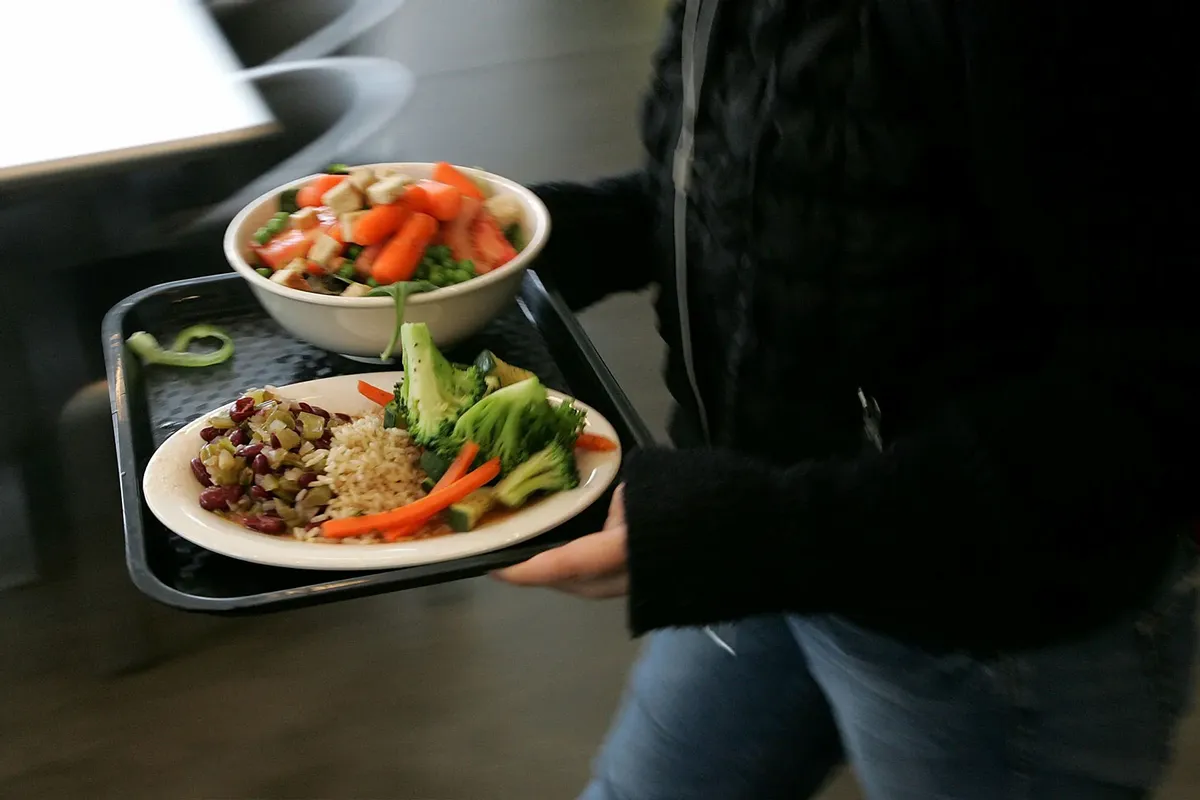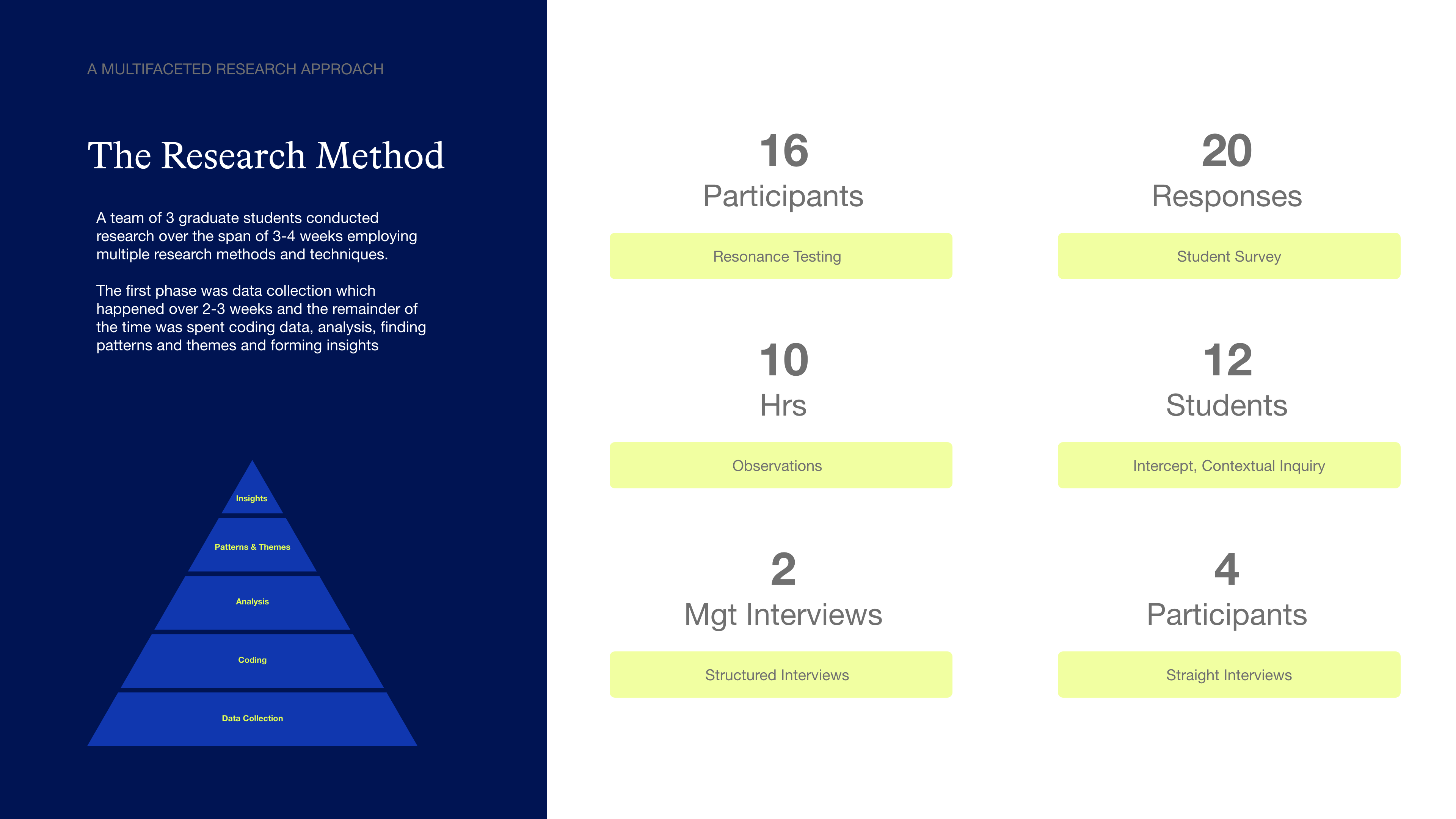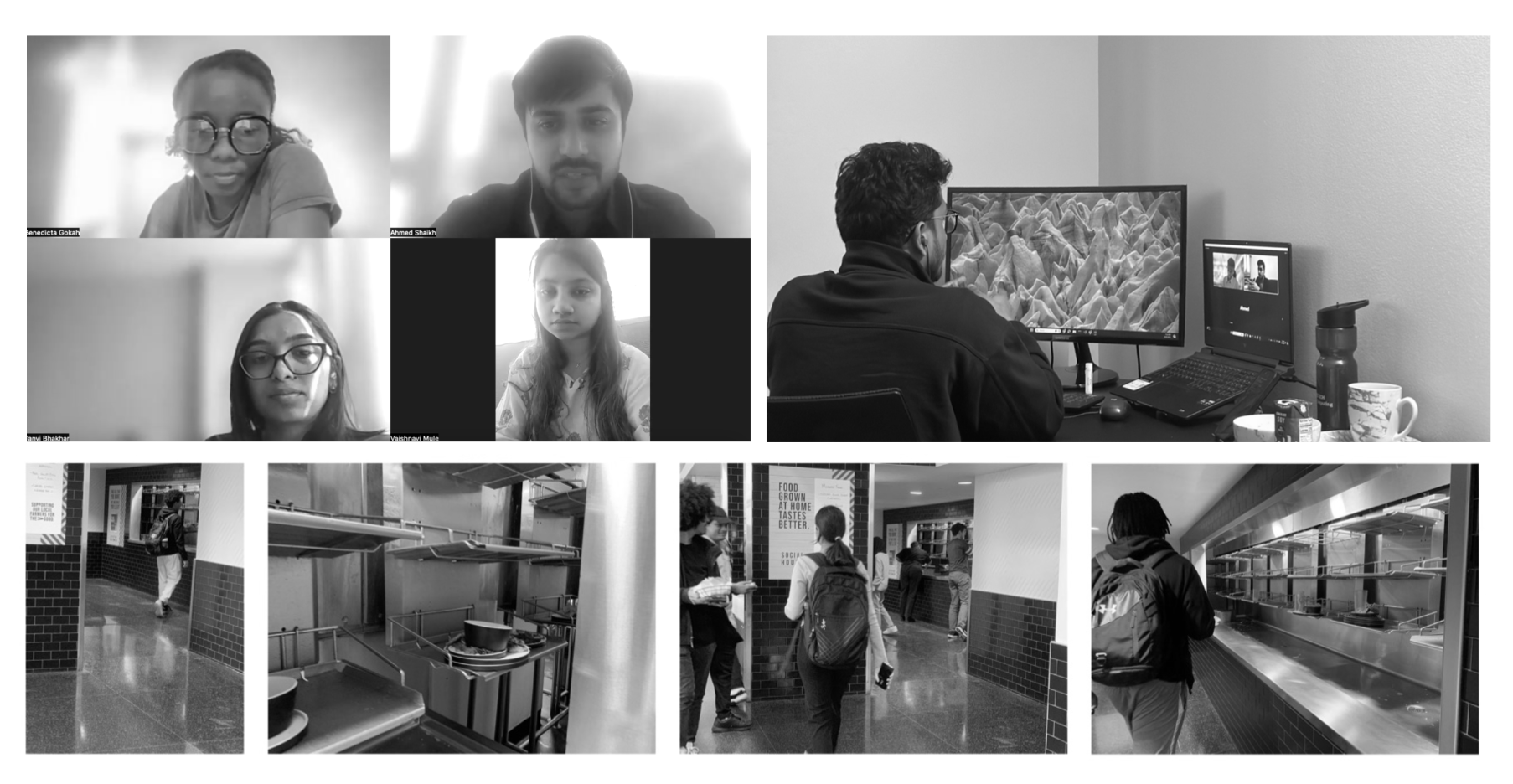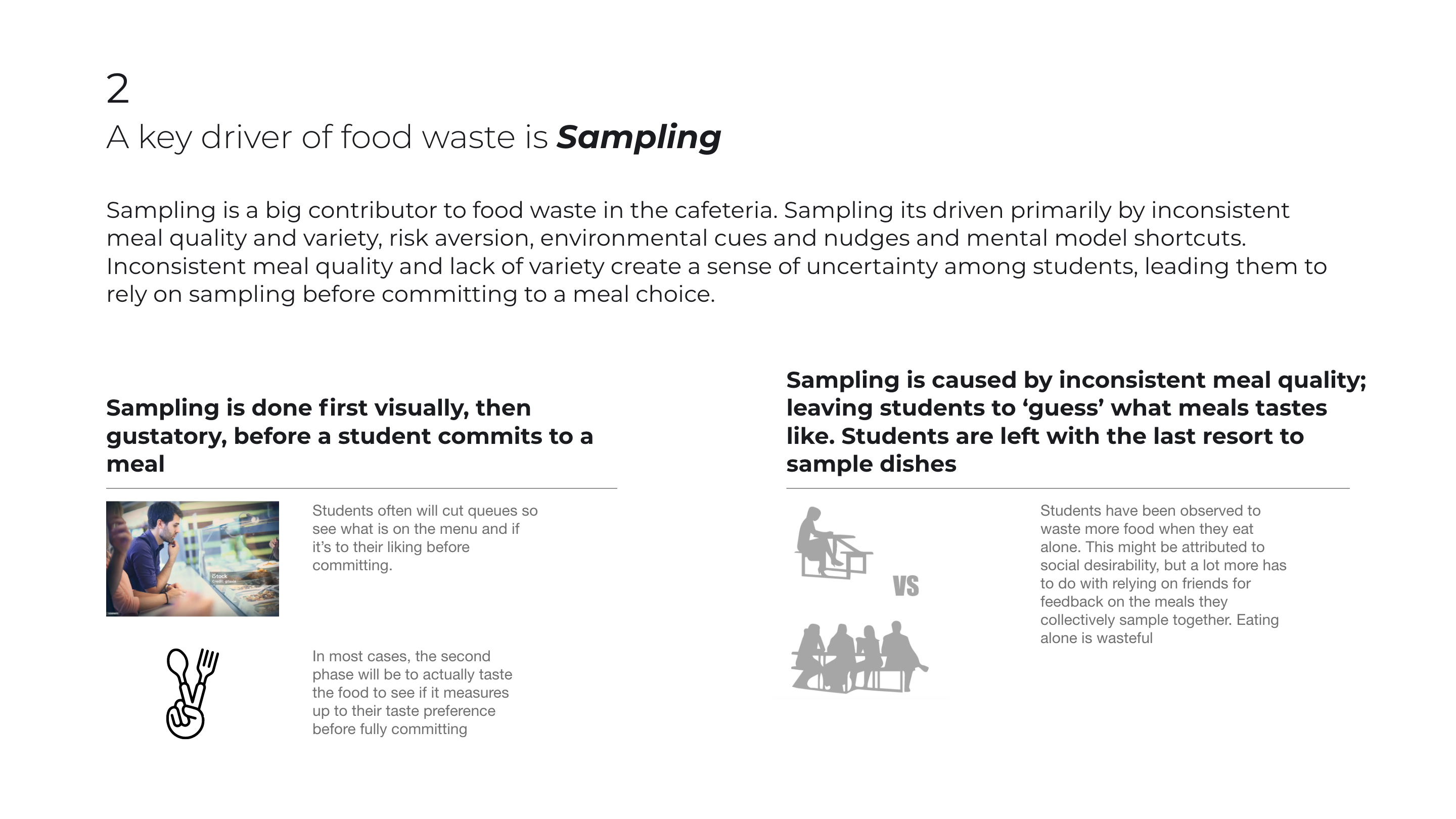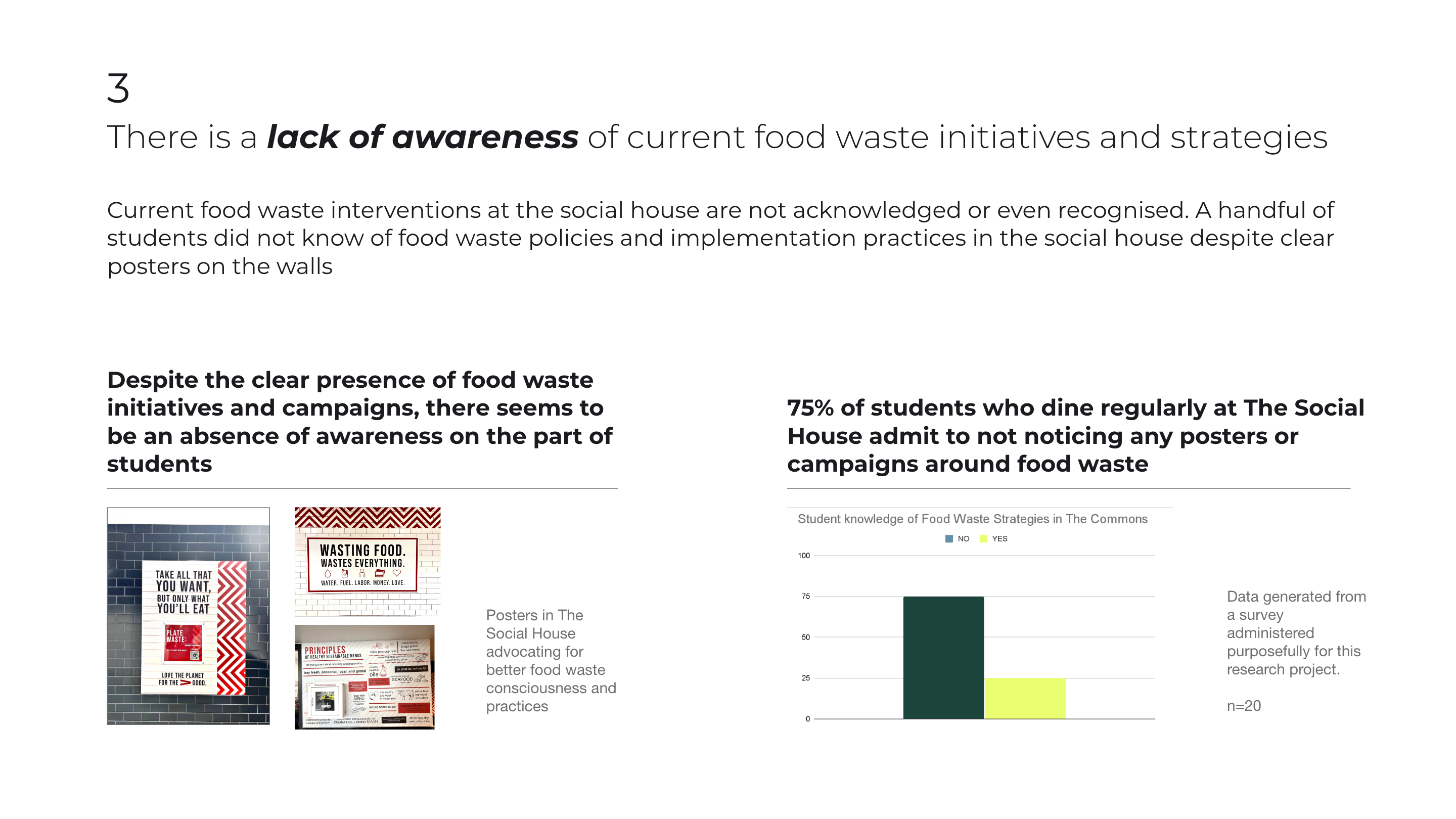Project Overview
Our research project focused on addressing a critical issue faced by Chartwells Catering Services at the Illinois Institute of Technology. As managers of The Commons, the main school cafeteria, Chartwells was grappling with substantial food waste. Our investigation revealed that 2,980 pounds of food were being wasted, with 27-53% of food requested by students going uneaten. This waste translated to an annual financial loss of approximately $300,000. The core challenge of our project was to develop effective strategies to eliminate this food waste and mitigate financial losses, all while ensuring Chartwells maintained its high standard of service quality for the student body.
